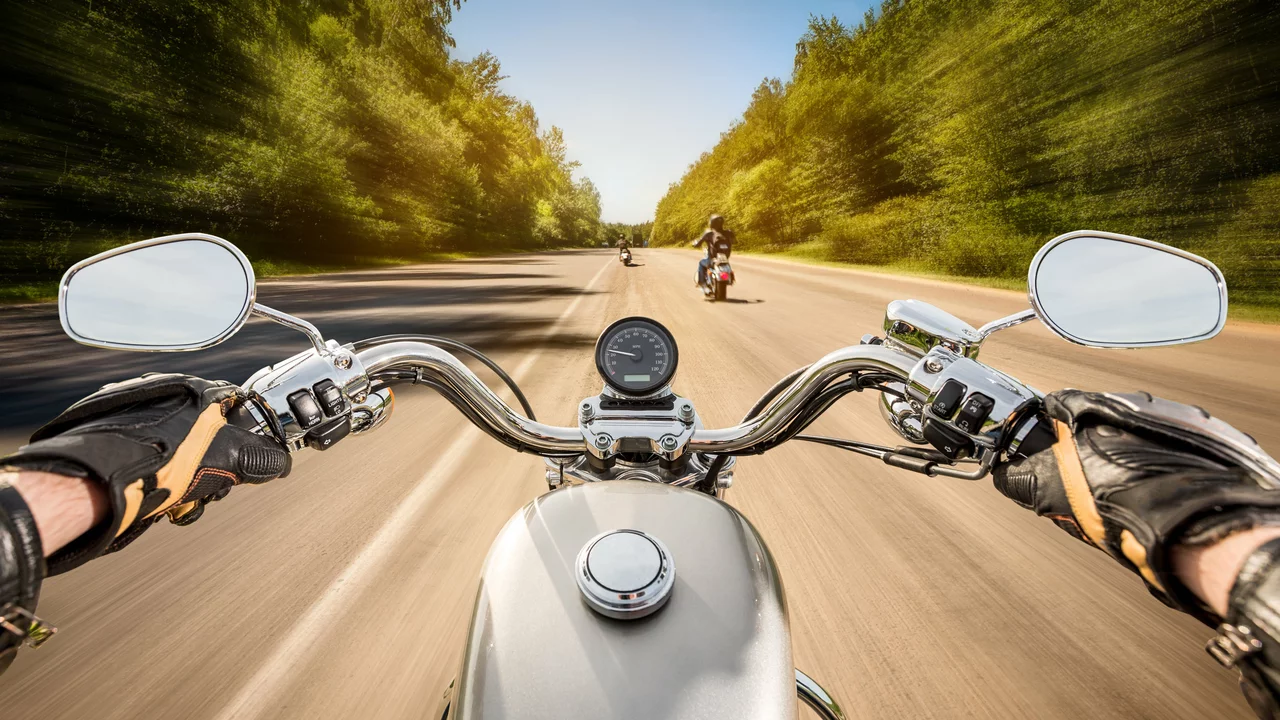Car Driving: Practical Tips for Safe Driving in Kashmir
Heading out by car in Kashmir? Whether you’re cruising Srinagar streets or climbing into the hills, a few practical habits make the trip safer and less stressful. These tips focus on real situations you’ll face here: narrow roads, sudden weather, limited phone signal, and mixed traffic that includes pedestrians, livestock, and heavy vehicles.
Before you start: quick checks that matter
Do a short pre-drive checklist every time. Check tyre pressure and tread — low pressure and bald tyres are the fastest route to trouble on wet or uneven roads. Confirm lights and indicators work, top up washer fluid, and make sure your mirrors are clean. Carry a basic toolkit, a charged power bank, and a torch. Keep vehicle documents, insurance, and a photo ID in the glovebox so you can answer officers or helpers quickly.
Fuel can be sparse in remote areas. Fill up whenever you hit a larger town, not when the needle is in the red. If you expect snow or long mountain stretches, carry warm clothes, bottled water, and snacks. A small first-aid kit and a reflective triangle are simple items that help a lot.
On the road: practical driving habits
Watch your speed and match your driving to the road, not just the speed limit. Mountain roads require lower speeds and smooth inputs — brake early, use engine braking in lower gears, and avoid sudden steering moves. Maintain a safe gap behind the vehicle in front; heavy vehicles may brake unexpectedly. On narrow or single-lane sections, be ready to reverse to a wider spot rather than forcing a risky overtake.
Overtaking? Only when you can see clearly ahead and the road is wide enough. Use your horn sparingly to warn at blind turns. At night use dipped beams when following or meeting another vehicle; full beams can blind oncoming drivers and cause accidents on winding roads.
Snow and ice need extra care. If roads are icy, slow down, keep distance, and avoid heavy braking. If chains are required, fit them the moment conditions demand. In slushy conditions, accelerate and brake gently to avoid skids.
Drive politely. In towns you’ll meet buses, two-wheelers, and pedestrians stepping out suddenly. A calm, defensive approach keeps you safer than aggressive lane changes or honking. If you hit poor visibility from fog, use fog lamps if fitted and pull over safely until conditions improve.
Know when to stop. If weather worsens, if you feel tired, or if the road becomes unsafe, find a safe spot and wait it out. Communicate your plans to someone — let a friend know your intended route and estimated arrival time.
These habits help you handle most driving situations in Kashmir. A well-prepared driver and a well-maintained car cut risk and make every trip more manageable. Drive steady, plan ahead, and respect the road — that keeps you and others safe.

Which is more dangerous, riding a bike or a car in Indian roads?
Navigating through the chaos of Indian roads, one often wonders whether it's riskier to ride a bike or drive a car. From my perspective, bike riding carries more risk due to less physical protection, exposure to environmental conditions, and the need for balance. On the other hand, cars are safer but not without their dangers, including high-speed accidents. However, regardless of your vehicle of choice, the key to safety lies in responsible driving and adherence to traffic rules. In conclusion, while both have their risks, the vulnerability of bike riders seems to tip the scale towards them being the more dangerous option.
Categories
- Social Issues in India (3)
- Sports (3)
- Business & Markets (2)
- Weather & Climate (2)
- History and Politics (1)
- Quick and Easy Indian Breakfast Recipes (1)
- Food and Culture (1)
- Road Safety & Transportation (1)
- Cultural Experiences/Travel & Living Abroad (1)
- Technology Reviews (1)
Popular Articles


Which is the best English news app in India?
Jan, 30 2023
